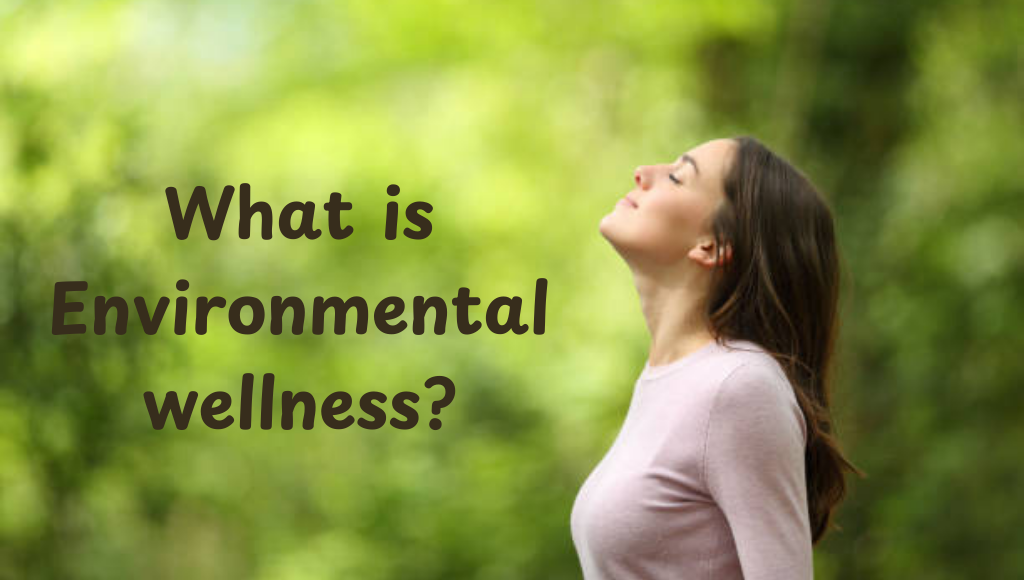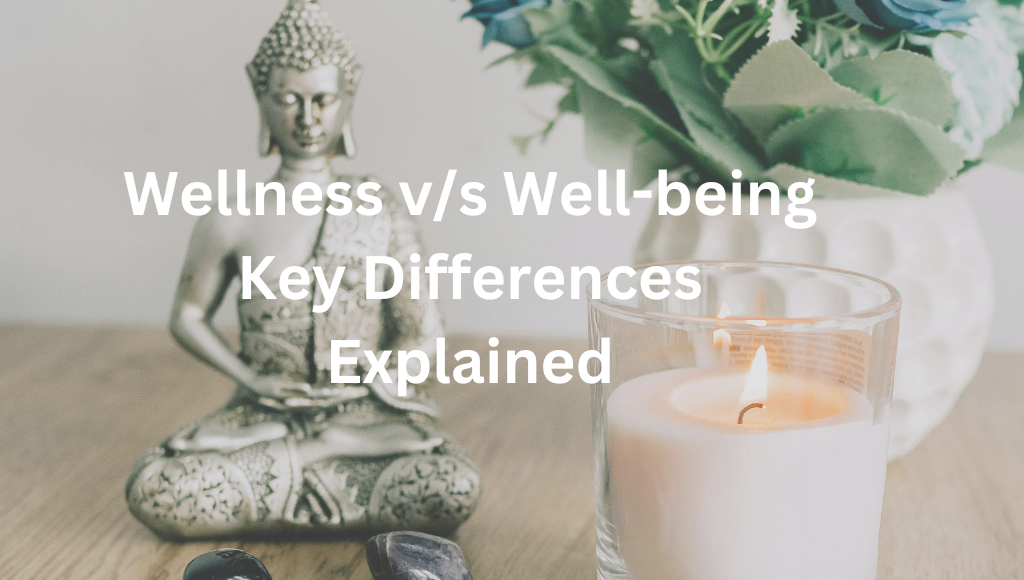Living a greener life does not have to be complicated. You can impact the environment by changing some daily items for eco-friendly alternatives. There are easy, sustainable options for your routines, from the kitchen to your bathroom. This blog will discuss why eco-friendly alternatives matter, what products are best to try, and how small changes can protect the world. Let’s begin!
1. The Need for Eco-Friendly Alternatives
We are facing massive challenges like waste, pollution, and climate change which directly affect the environment. A significant contributor to these issues includes single-use plastic bags, harmful pesticides, cleaning products, and other throwaway products. Eco-friendly alternatives that help combat the matter and conserve the world include reusable shopping bags, organic pesticides, and non-toxic cleaning supplies. These help curb the growing problem of landfills and toxic waste as they are biodegradable and help sustain the environment.
This is the point where we need to use eco-friendly alternatives. These alternatives help improve a product’s sustainability using renewable materials and durable designs. We need these options because our old habits can’t go on forever. Through sustainable product design, known as eco-friendly alternatives, waste can be reduced, resources conserved, and the world can be protected for future use. This approach may seem minor, but it is effective.
2. Best Eco-Friendly Alternatives for Household Items
Are you ready to get green at home? Here are some of the best eco-friendly alternatives for day-to-day items:
- Reusable Bags: Swap plastic bags for cotton or jute totes. These bags are strong, and help reduce environmental pollution.
- Bamboo Toothbrushes: Plastic toothbrushes take centuries to break down while bamboo ones are biodegradable and equally good for your teeth.
- Natural Cleaning Products: Vinegar, baking soda, or plant-based cleaners are great for your health and the environment when used in place of chemical-based sprays.
- Beeswax Wraps: A more sustainable option than plastic wrap is using beeswax-coated fabric for food sealing, as it is reusable and keeps the items fresh.
- Stainless Steel Straws: Unlike plastic straws which pollute oceans, steel straws are great for sipping, reusable, and easy to clean.
These eco-friendly alternatives are straightforward to locate and utilize. Try one or two and notice how easily you can transform your home into a sustainable house.
3. How Eco-Friendly Products Benefit the Environment
Changing over to eco-friendly alternatives is not a fad but a gift to Mother Nature. Here is how it helps the environment
- Less Waste– Products like reusable bags or bamboo brushes don’t clutter the landfill. They decay or last longer than traditional options.
- Cleaner Air and Water– Natural cleaners and materials don’t spew dangerous components, so rivers and the sky are safe.
- Saves Resources– Eco-friendly alternatives tend to consume and put less water, energy, or raw materials to create like bamboo and plastic.
- Protects Wildlife– Less trash means fewer animals are harmed by plastic or pollution, which benefits birds, fish, and forests.
With every purchase of eco-friendly alternatives, you further decrease the planet’s workload —in other words, “help the planet breathe easier.” This is called a chain reaction; your decision to take action today allows nature to thrive tomorrow.
4. Why It’s Important to Switch to Eco-Friendly Products
You may wonder, “What is the difference if I switch?” The fact is, now more than ever, it is the time to make that difference. Our landfills quickly fill up, and resources like oil and trees are rapidly depleting. Breaking hard-to-break habits is challenging, but switching to eco-friendly products can help us and the planet.
Switching to eco-friendly alternatives is crucial because it is one more step in helping the world. Plastic can be a nuisance because it takes 500 years to break down, but a reusable bag can substitute for hundreds of them. Harsh commercial cleaners lower the quality of our drinking water, whereas natural cleaners keep it safe. Not to mention, everything makes a difference. Each of us has the power to make a difference, and when we choose eco-friendly alternatives, we send the message to companies that green products exist.
5. Your Everyday Choices Define Sustainable Living
Sustainable living may seem complicated, but it begins with something as simple as the items you use daily. It all starts with picking eco-friendly alternatives, which is the first step toward working toward a greener world. When making changes, focus on what you can do rather than trying to be perfect.
Imagine how convenient it is not to think twice about switching to a steel straw from a plastic one. Suddenly, plastic waste is reduced in the blink of an eye. Washing a beeswax wrap instead of tossing it away as garbage is a great way to foster a green kitchen. They may seem like little choices, but they make a massive impact. Also, reusable items help save money as you need to buy fewer products over time. And let’s not forget the incredible feeling of being able to help the planet.
Pick one eco-friendly alternative that excites you the most. Feel free to build from there, whether a natural soap bar or a bamboo toothbrush. Sustainability isn’t a race — it’s a beautiful journey, and your daily decisions brighten the path before you.
The Importance of Eco-Friendly Alternatives
There is no denying that the world is transforming, and so are eco-friendly alternatives. These alternatives prove that you can live sustainably without harming the planet. These products make reducing trash and tree usage easy and fun. Sustainability is made simple as they cater to your needs without causing any hassle. Adopting a green life is for all.
At Back to Ancient, we value the prospects of living better and embracing nature. Regarding eco-friendly alternatives, let us return to basics while stepping forward. They help pave the path for wiser decisions surrounding old methods. Check out today and be the change. It feels incredible to see things improve with a tiny change.
What’s your favorite sustainable alternative? Which one do you think you’ll try first? Let us know in the comments – we’re eager to learn your ideas for going green!



